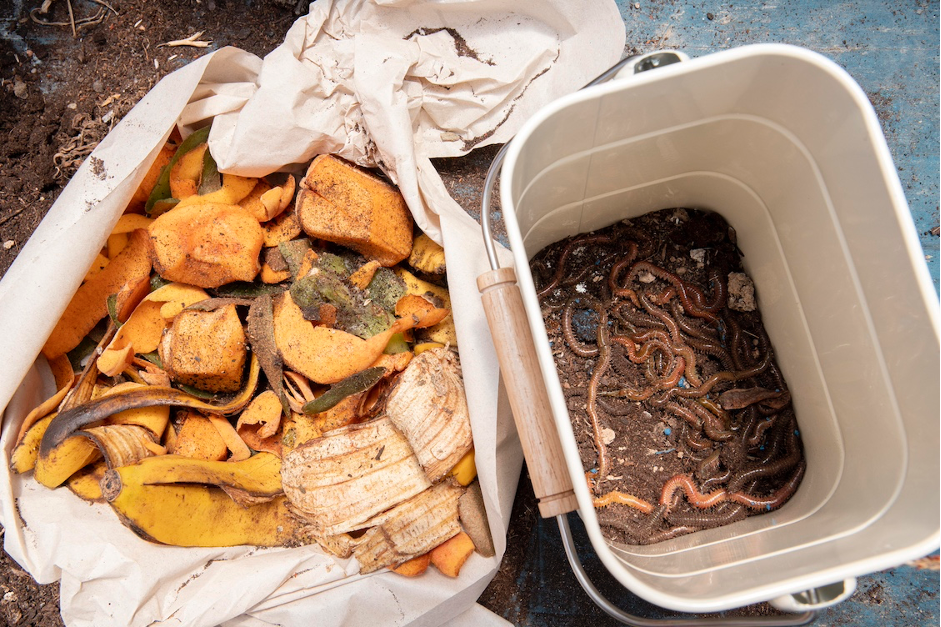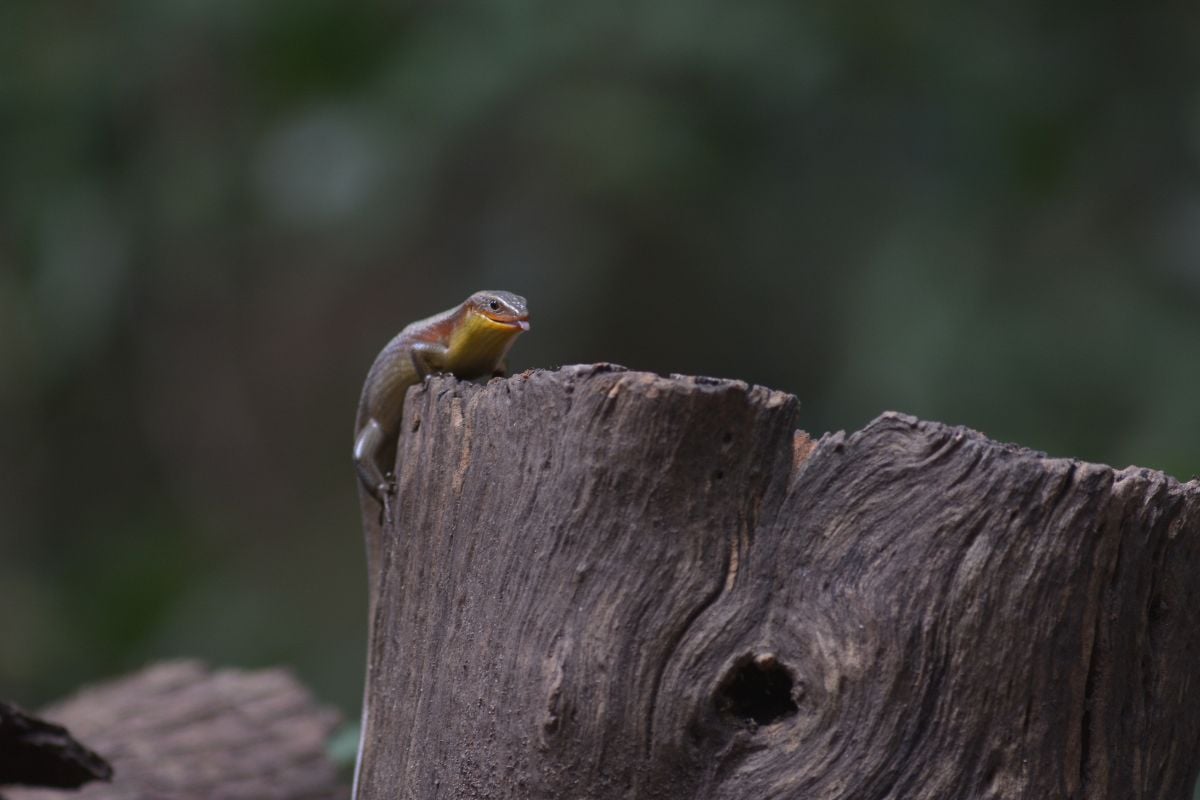 Have you always been interested with vermicomposting but have never tried it before? Well, why not start now. Not only will you help mother nature in recycling your daily organic wastes, you also get to work on some very interesting organisms. To learn more, here are some remarkable facts about Vermicomposting.
Have you always been interested with vermicomposting but have never tried it before? Well, why not start now. Not only will you help mother nature in recycling your daily organic wastes, you also get to work on some very interesting organisms. To learn more, here are some remarkable facts about Vermicomposting.
Vermicomposting, also known as worm composting, is a process that saves you money, recycles your organic wastes, and is also eco-friendly. This natural way of composting organic wastes is a process that involves the use of worms, and of other beneficial microbes. These worms then turn your organic scraps into a quality-made, and nutrient-filled compost (this by-product is also known as worm castings or worm manure). Worm castings help your plants and soil be at their best conditions, as these worm castings can be made into an organic fertilizer for your garden (it has an earthy smell to it); and as a soil conditioner for improving soil structure (water retention will improve).
Now when it comes to what kind of worms to use, don’t use the ordinary garden worms for composting. These regular soil and garden worms will surely die if you were to use and place them inside an indoor worm bin. You should choose to use Red Wigglers for worm composting (also known as Eisenia Fetida, tiger worm, manure worm, red worm, red wiggler, brandling worm, or manure worm), since they are the best composting worms for the job; and not only that, they are the most commonly used worms when it comes to this specific composting activity. They are also surface dwellers and can really dig deep underground, for only about 2 inches deep (this process allows proper aeration and also loosens up the soil). Take note that they are not burrowers, and clearly thrives on the surface. Aside from all these fascinating information, these red worms are also heavy eaters (certified vegetarians), and can definitely eat as much as their body weight in waste each day. They are really the best worms for this composting process.
Now, having mentioned that worm composting red worms are vegetarians, they simply consume wastes that are only organic. You should also take note that vermicomposting calls for a lot of attention during the first few weeks. Your compost bin should be put in a place where it has a cool temperature. Locations wherein the temperature is too hold or too cold will definitely put your worms at risk, more so lead to their deaths. Worm beddings should also be kept moist, but shouldn’t be too soggy or too wet (as this may cause the worms to drown). They can very well tolerate moisture content that range from 80 to 90 percent; and will also find the need for oxygen. So it’s best to always keep these present and balanced in your composting worms bin.
There are also a few more facts about vermicomposting that can be found fascinating like the Red worms’ reaction to regular lighting. Red worms despise regular lighting. But if you were to put them under some red lighting, then they surely won’t mind. Also, they are born hermaphrodites but will also need another worm to be able to reproduce. Other than that, baby red worms will usually start without much red pigment in their skin, but will eventually turn into red colored worms soon after.
For Vermicomposting, Uncle Jim recommends the Live Worms
We ship our Live Worms all year round, while giving you a range of Red Worm options to choose from. We definitely make sure that your Red Worms get to you live, guaranteed. So get yours shipped now! ! To know more about the product, check the Live Worms here.








